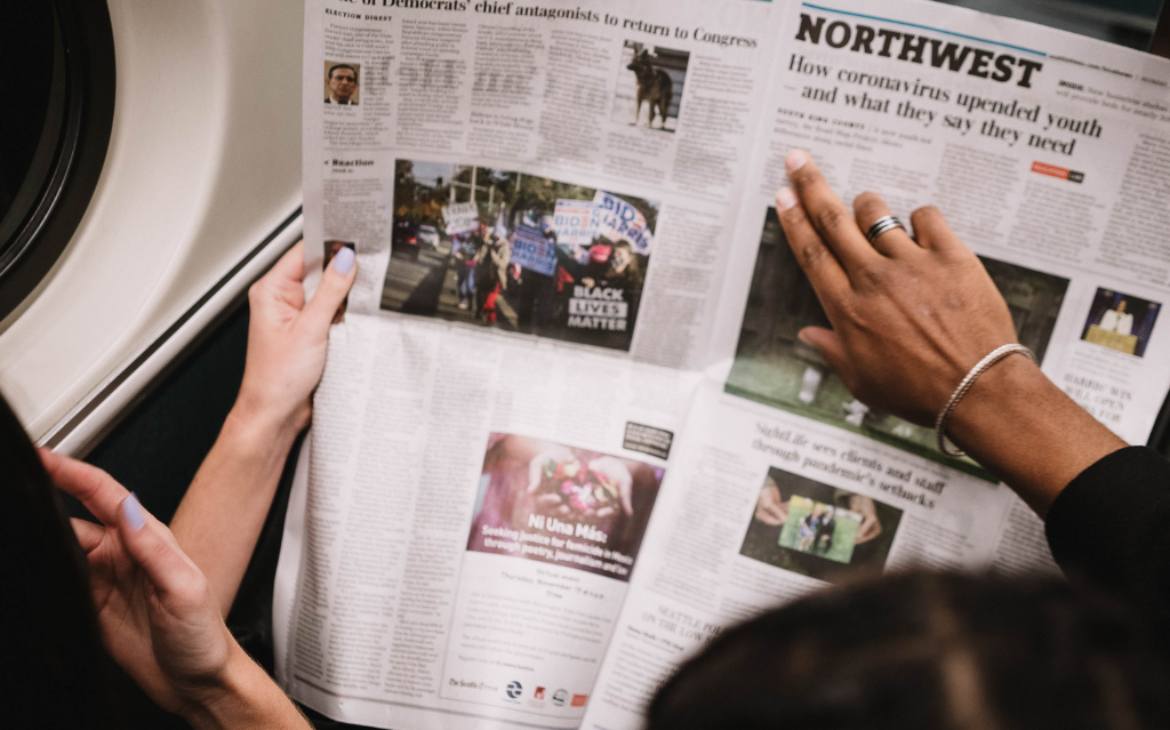On social media, internet domains, and browsers, hundreds of pieces of information and news are published every day, leading users to misunderstand and fail to distinguish between important and unimportant news. Content on the internet can potentially contain disinformation or fake news, and the careless sharing and spreading of such content can have serious negative consequences for society. Therefore, it is necessary to analyze and critically reflect on the content and data presented in an article before sharing it with others—friends, family members.
Identifying reliable sources in the online environment is based on the analysis of available data—imprint, author, organization, institution, photographs/videos. An article without a signed author is one of the first indicators of unreliability, meaning there is a possibility that the article conveys news that is not true. Additionally, one of the indicators of potentially misleading and manipulative news is the presence of spelling and grammatical errors, as well as unusual sentence structures. Furthermore, if other information about the media organization, date, and time of publication is not available, there is a possibility that the article was written and published with the intention of manipulation or distorting reality. Individuals often share news with their community through their social media profiles; however, just because someone from a close circle has shared news does not mean that the news is true—they may not have analyzed the stated data and might have shared fake news or disinformation due to ignorance or negligence.
Also, there are fake profiles on social media created for the purpose of deceiving or manipulating the public. As previously mentioned, it is increasingly important to check the date of publication, given the new algorithms of social media, where there is a possibility of resharing old information as new. Furthermore, it is necessary to check whether there are other articles on the same topic on different internet domains and websites. If the news is global and important, it will certainly be published by several media organizations on their official pages. Evaluating content, i.e., verifying the credibility of content and the source of information, does not only involve analyzing information but also includes analyzing available photographs and videos, headlines, and statements. A sensational headline grabs the user’s attention; however, often such a headline is just clickbait or sensationalistic content. The problem arises when users read only the headline and not the entire article and text, which can lead to a complete misunderstanding of the information and the unintentional spreading of false information and disinformation.
Check your knowledge about the process of source verification and credible reporting at:
The goal of the quiz is to help users on the platform learn to recognize credibility in media reporting.
This quiz has been designed as part of the project “Improving Fact-Checking Culture” conducted by HUOJ in collaboration with media experts from Lider media and the Faculty of Economics at the University of Zagreb, with financial support from the European Union – NextGenerationEU.

